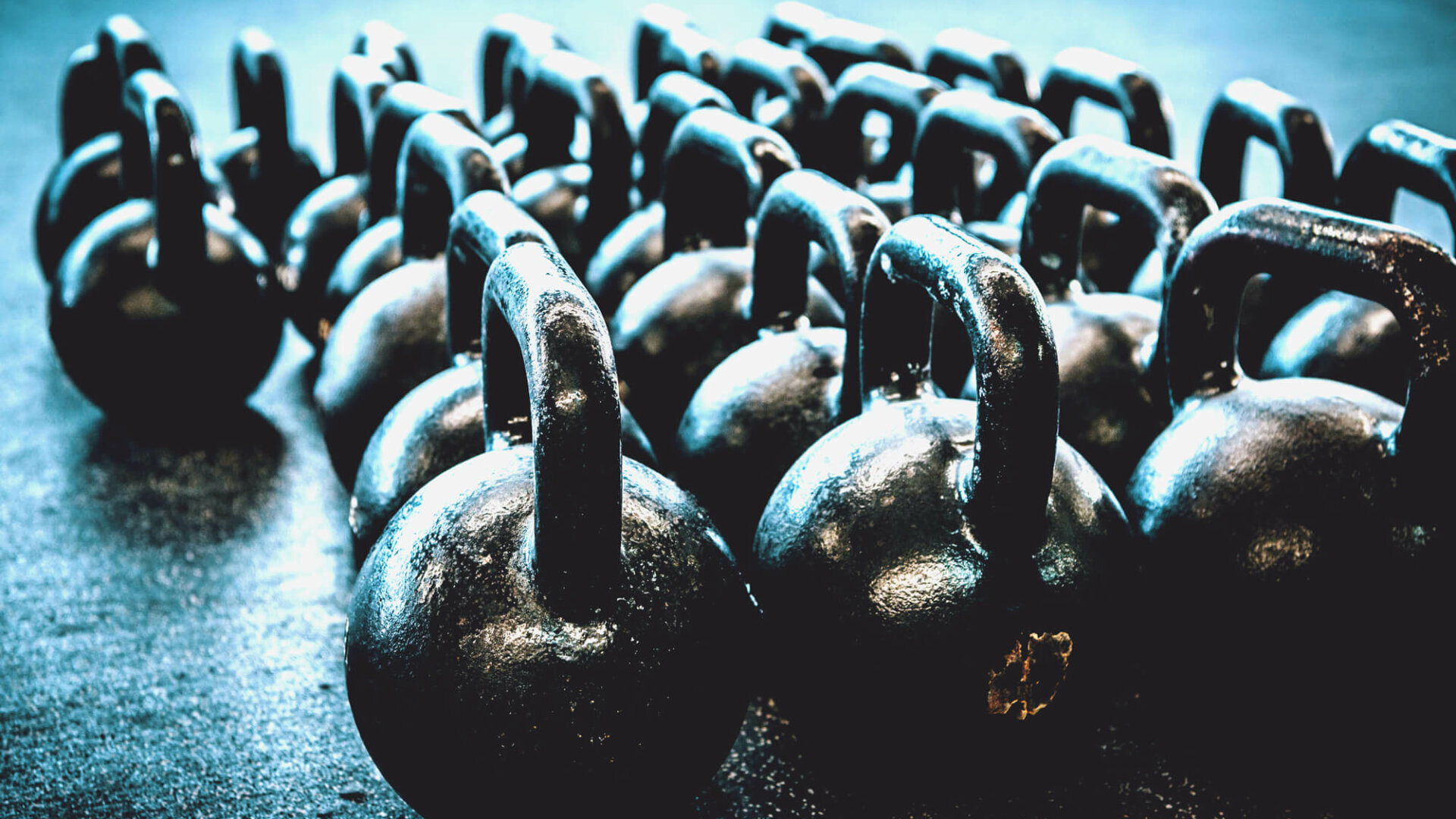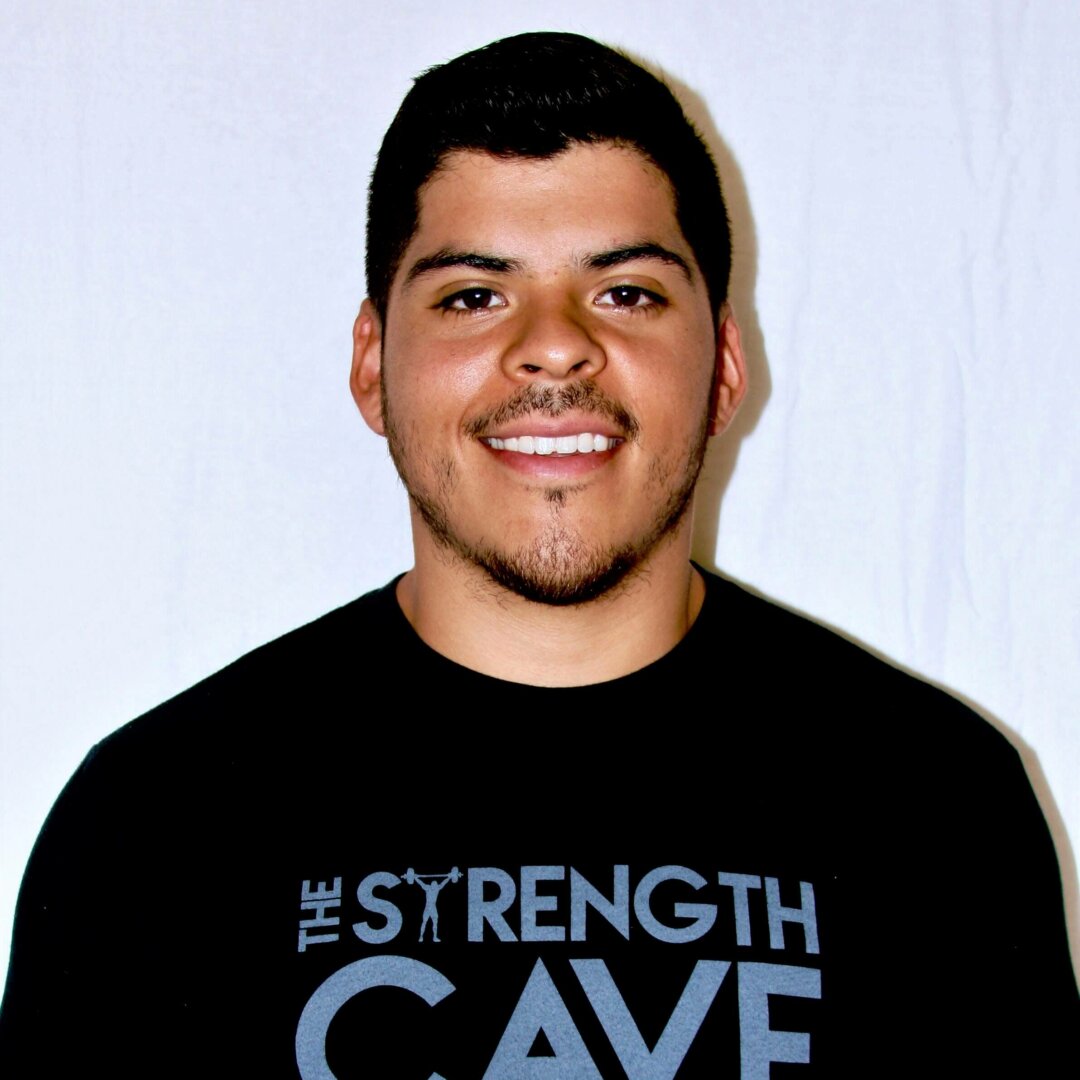By now, there is a good chance that you have seen those funny looking spherical weights sitting somewhere in a gym you’ve visited. They look kind of like a metal ball with a handle on top of it and might confuse some people given the metric system markings they often feature. These odd looking foreigners are called kettlebells and have caught on as a unique tool in the resistance training arsenal. If you step foot into a Crossfit “box,” you are likely to see a wide selection of kettlebells and perhaps only a few dumbbells laying around. This is quite the opposite of what you would find in a more traditional gym. This might make you think, “what makes kettlebells so popular, and would they benefit my training?” Indeed, there are many benefits to kettlebell training, provided you apply them to your training program in a safe and effective manner. If your goal is to increase strength and power while widening the breadth of exercises you have at your disposal, then kettlebell training may be for you. However, there are differences between traditional free weights (dumbbells and barbells) and kettlebells, both in their design and their intended use.
A Unique Weight Apparatus
The first thing we have to get out of the way is that kettlebells are different from dumbbells. Despite this, there are times when you can use kettlebells as a replacement for dumbbells. Bench press, shoulder press, rows, lateral raises, biceps curls, and skull crushers are a few examples of exercises which can be performed with either kettlebells or dumbbells. However, you will often find that kettlebells are used in ways that take advantage of their unique design.
As opposed to the dumbbell, kettlebells have an uneven weight distribution which challenges your muscular stability and coordination in a different way. Traditional kettlebells also tend to have a much smoother gripping surface compared to the knurled grip of a dumbbell, making swinging movements much easier to perform. The unimpeded access to the handle of a kettlebell, combined with the height of the handle, makes it a more ergonomic choice for exercises like romanian deadlifts (RDL’s) or other deadlift variations. They even make for a great weight to hang off your belt when performing dips or pull ups.
>
Certain aspects of kettlebells can be a bit annoying for some as well. The weight of the kettlebell tends to increase in odd increments compared to what we Americans are used to seeing. You’ll often see 4-8kg (~ 8.8 – 17.6 pounds) jumps between kettlebells. This makes progressing in certain movements difficult as a nearly 9 pound jump may be too much. Similar to dumbbells, challenging the legs with heavy squats or deadlifts would be difficult as grip and/or stability becomes the limiting factor. And, as mentioned above, access to kettlebells can be a limiting factor especially when traveling or visiting new gyms. Depending on the exercise you are using the kettlebell for, there may be no way of substituting a dumbbell or weight plate, which could stop your progress.
Despite these potential drawbacks though, there are many pros in favor of using kettlebells both in design and in the physiological benefits you could acquire through training.
Potential Benefits of Kettlebells
If you are looking to build maximal strength in something like the squat or deadlift, then kettlebells may not be the best choice for you. Standard barbell training would be best in this case. However, lifting heavy is not the only component of a well-rounded strength program. You have to incorporate accessory work and train other aspects of the strength-speed continuum in order to progress for the long haul and avoid injuries. This is where kettlebell training can come into play!
One area where kettlebells shine is in development of the posterior chain. RDL’s were already mentioned as a good exercise to perform with kettlebells. Whether it be a traditional two feet-two hands RDL, or something more challenging such as a single leg cross body RDL, kettlebells do a great job of providing a natural stopping point and challenging the core simultaneously.
But beyond the pure strength side of things, kettlebells are well known for being used in quicker, more power based movements. The kettlebell swing, for example, can be a great tool for strength athletes. Not only does it load the posterior chain and core, it teaches explosive hip extension and trains power endurance. This is your ability to generate force quickly on a repeated basis. Think of triple extension on a clean or snatch, powering out of the hole in a squat, or ripping the bar off the floor in a deadlift. You end up repeating those movements many times in a meet between warm ups and actual attempts. You want to make sure that you have the stamina to generate the same power on your final attempt as you did in your first warm up. Furthermore, kettlebell swings are not the only movements which can help you train in this area. Kettlebell cleans and snatches can provide similar training for power endurance. Just make sure you are performing the swing, clean, or snatch properly in order to avoid doing more harm than good.
Incorporating Them into Your Training Routine
By now you are probably curious as to how kettlebell movements can fit into your training routine. Again, completely replacing traditional barbell movements with kettlebell variations is not going to be the ticket to huge strength gains. Instead, you want to use kettlebell movements to supplement your barbell movements and augment your efforts in the gym. A low intensity lower body session could feature goblet squats or front rack squats for which kettlebells are much better suited compared to dumbbells. The session could continue with single leg cross-body RDL’s which is a great, low intensity hinging movement.
Another way would be to add a few sets of kettlebell swings to prime the nervous system before a heavy lifting day. Doing this gets a bit of that power endurance into your training on a regular basis and is sure to help you finish strong during longer training sessions and competitions. This of course could also be done as an actual movement in your training for the day, rather than just a warm up. You will really feel the glutes and hamstrings fire up, especially if the movement is performed after some sort of deadlift variation.
Kettlebells also offer a unique challenge when it comes to core training. We could spend a whole article on core training, but for now let’s just say that training it properly is huge for staying injury free and getting strong. Many exercises that are too weird to perform with a dumbbell become available with the use of a kettlebell because of the unique design. Bottoms up carries, off-set carries, rack carries, variations of the plank, and many more exercises can be performed. These exercises may be performed with dumbbells, but the uneven weight distribution of a kettlebell makes the exercises more challenging in most cases. If nothing else, using a kettlebell adds a bit of movement novelty which may help you to actually perform your core training, rather than put it off due to boredom.
Conclusion
Kettlebells may look odd or intimidating for some of you, but their usefulness is well documented. Just like dumbbells, it would be hard to get really strong in the main movements by using kettlebells exclusively in training. However, their benefits as supplementary exercise tools are profound for the strength athlete. Training every part of the fitness profile is important for any athlete, especially one looking to get as strong as possible. So, overlooking accessory work and strength-speed characteristics as a lifter is a big mistake. This is where adding kettlebell movements can help to keep you more motivated and, in some cases, offer more benefits than dumbbell variations. So if you are looking to add some new movements to your training arsenal and you want to get the most out of your strength training, find some kettlebells and start giving some new movements a try!

